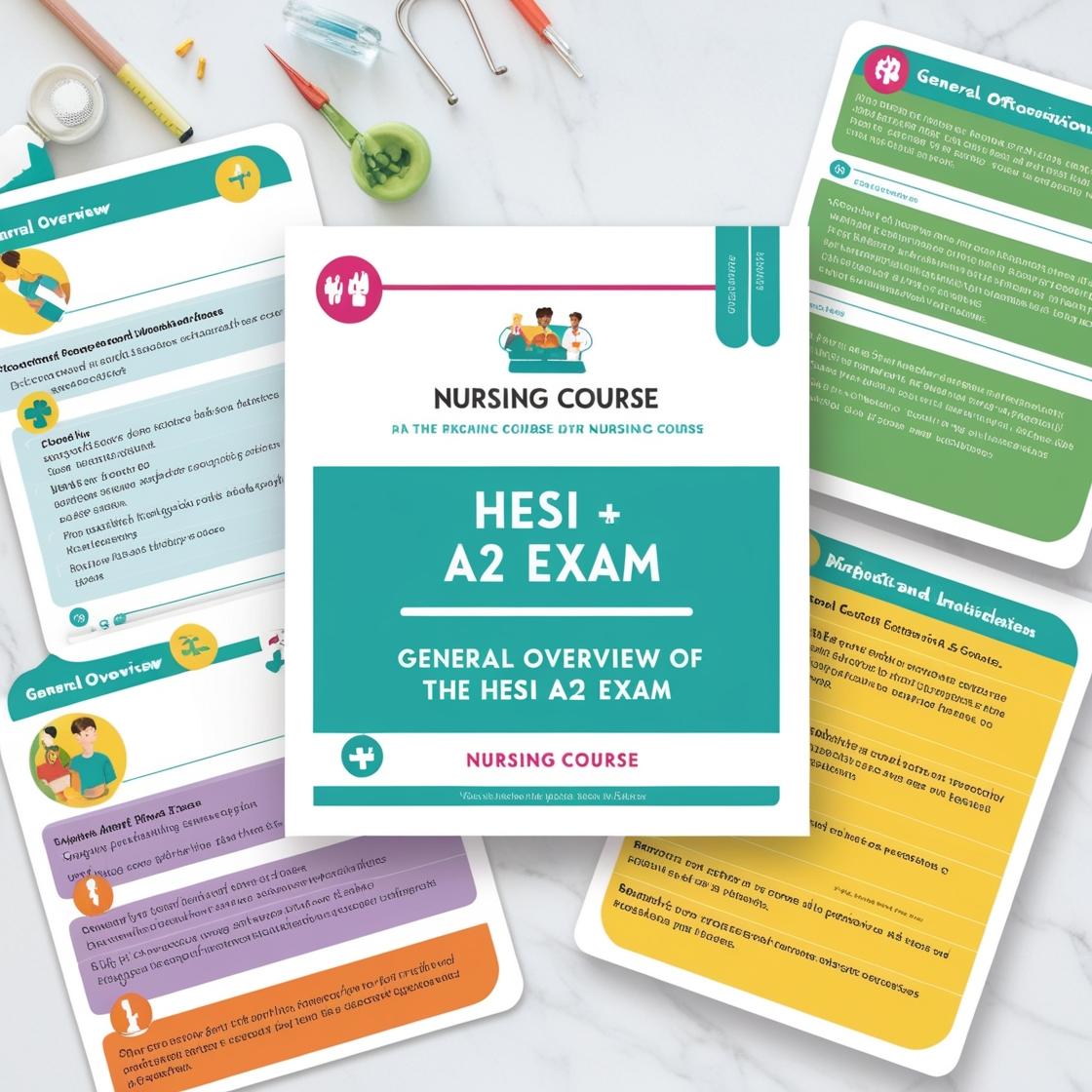HESI A2
Anatomy HESI A2 Practice Test
1. What is the main function of white blood cells?
- A. To carry oxygen
- B. To fight infections
- C. To carry nutrients
- D. To remove waste products
Correct answer: B
Rationale: The main function of white blood cells, also known as leukocytes, is to fight infections and foreign invaders to protect the body from harm. They play a crucial role in the immune system by identifying and destroying pathogens like bacteria and viruses, essential for maintaining the body's health and overall immunity. Choices A, C, and D are incorrect as carrying oxygen is primarily done by red blood cells, carrying nutrients is a function of various body systems, and removing waste products is mainly the role of the kidneys and liver, not white blood cells.
2. Which cellular structure is responsible for protein synthesis?
- A. Nucleus
- B. Ribosome
- C. Endoplasmic reticulum
- D. Golgi apparatus
Correct answer: B
Rationale: The correct answer is B: Ribosome. Ribosomes, the cellular structures located in the cytoplasm or on the endoplasmic reticulum, are responsible for protein synthesis in the cell. They are the sites where mRNA is translated into proteins, making them essential for the synthesis of proteins in all living cells. The other choices, such as the nucleus (choice A), endoplasmic reticulum (choice C), and Golgi apparatus (choice D), are not directly involved in protein synthesis. The nucleus contains DNA and is responsible for housing the genetic material, the endoplasmic reticulum is involved in protein folding and transport, and the Golgi apparatus is responsible for modifying, sorting, and packaging proteins.
3. Which of the following statements best describes endocrine glands?
- A. They secrete chemicals into the blood
- B. They secrete enzymes into ducts
- C. They produce sweat
- D. They produce saliva
Correct answer: A
Rationale: Endocrine glands are ductless glands that release hormones directly into the bloodstream. These hormones are then carried to target organs and tissues throughout the body, where they regulate various physiological functions. The statement 'They secrete chemicals into the blood' accurately describes the function of endocrine glands. Choices B, C, and D are incorrect because endocrine glands do not secrete enzymes into ducts, produce sweat, or produce saliva. These functions are typically associated with exocrine glands, sweat glands, and salivary glands, respectively.
4. What is the main function of the urinary bladder?
- A. To filter blood
- B. To store and concentrate bile
- C. To store urine
- D. To absorb nutrients
Correct answer: C
Rationale: The correct answer is C: To store urine. The main function of the urinary bladder is to store urine produced by the kidneys before it is excreted from the body. It acts as a reservoir for urine until it is expelled during urination. Choices A, B, and D are incorrect because the urinary bladder does not filter blood, store or concentrate bile, or absorb nutrients. It is solely responsible for storing and releasing urine.
5. Which muscle is responsible for breathing?
- A. Diaphragm
- B. Intercostal muscles
- C. Rectus abdominis
- D. Pectoralis major
Correct answer: A
Rationale: The diaphragm is the primary muscle responsible for breathing. It is a large, dome-shaped muscle located at the base of the chest cavity. When it contracts, it flattens, increasing the volume of the chest cavity and causing inhalation. When it relaxes, it returns to its dome shape, decreasing the volume of the chest cavity and causing exhalation. The intercostal muscles, located between the ribs, assist the diaphragm in breathing by expanding and contracting the chest cavity. The rectus abdominis and pectoralis major are not directly involved in the process of breathing.
Similar Questions

Access More Features
HESI A2 Basic
$89/ 30 days
- 3,000 Questions with answers
- 30 days access @ $89
HESI A2 Premium
$129.99/ 90 days
- Actual HESI A 2 Questions
- 3,000 questions with answers
- 90 days access @ $129.99
